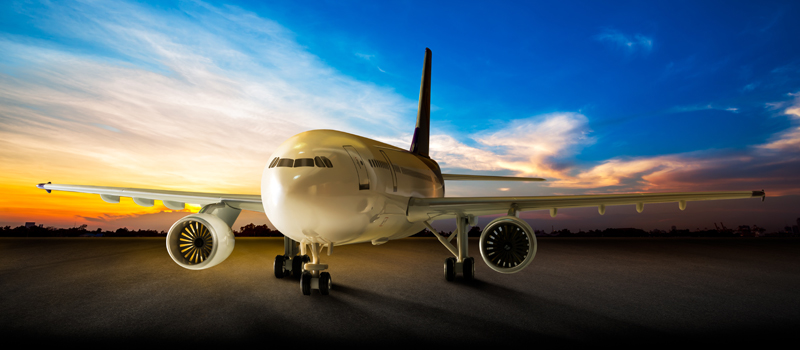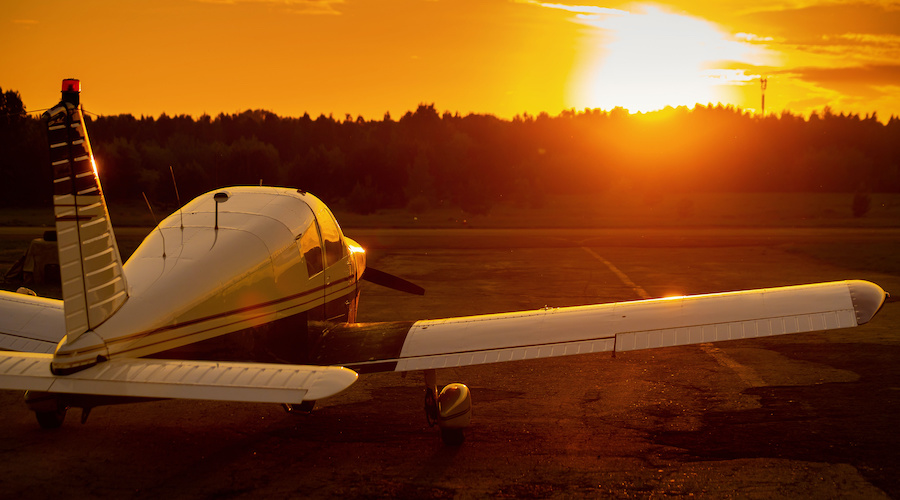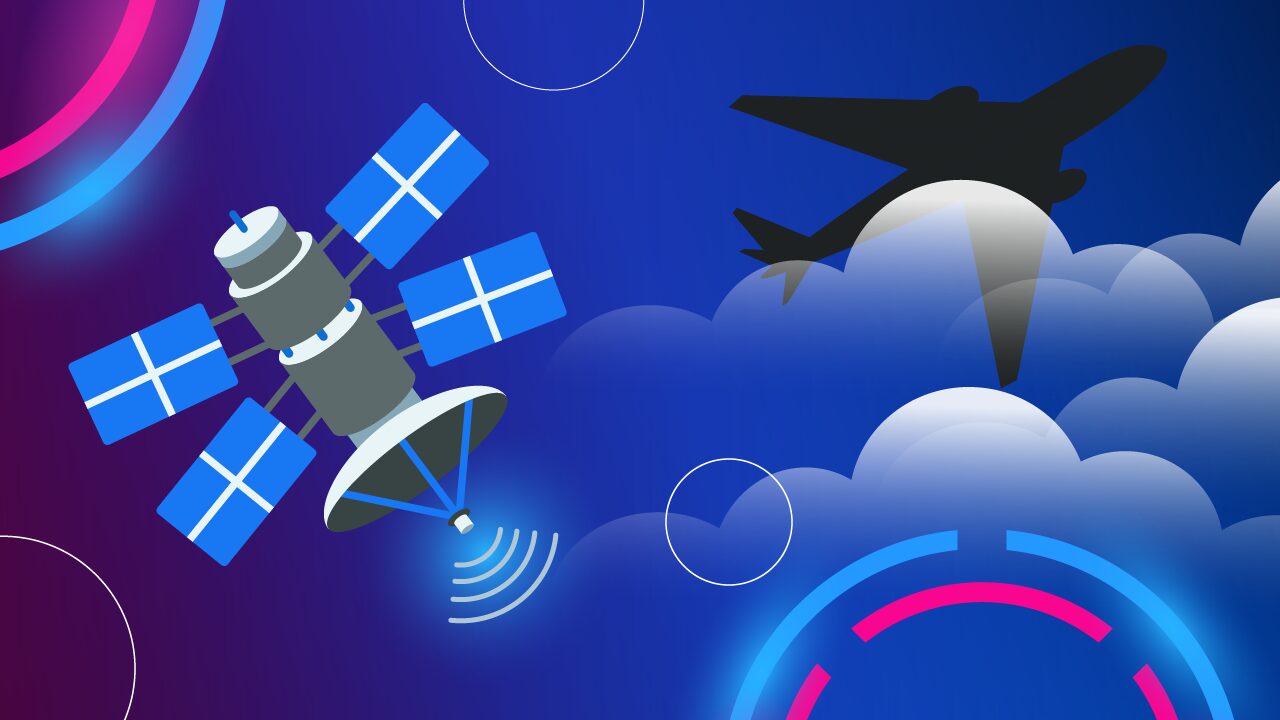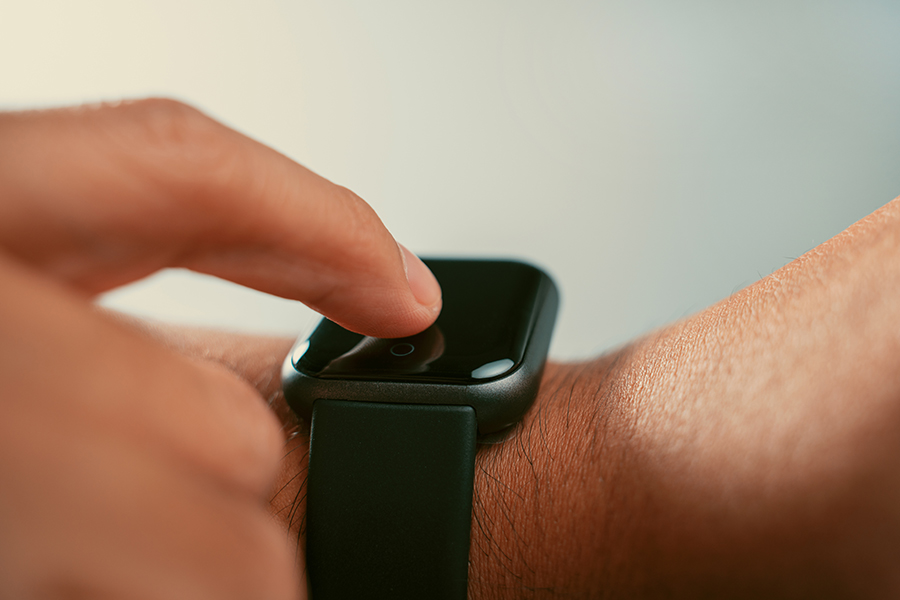Many pilots find night flying very enjoyable. Under night VFR conditions, the air tends to be smoother, airports with beacons are easy to find, there is generally less traffic and other aircraft can be easier to see because of the use of anti-collision beacons and strobe lights.
Night flight requires specialized training because night navigation, airport operations, and landings require special attention to procedures, instruments, and navigational aids for safe operation.
Once you are proficient and comfortable with night navigation, you will appreciate the fact that, weather permitting you do not have to rush home to land before sunset.

Regulations and Definitions
Definition 1 – “Night’
First, it is important to understand the FAA’s definitions related to night operations. The first important definition is for the term “night”—that period between official sunset and sunrise.
The “darkness of night,” however, does not happen immediately. There is a period of twilight during which pilots may fly under basic day VFR flight rules.
Definition 2 – “Civil Twilight”
“Civil Twilight” is defined as the time between official sunset and thirty minutes after sunset, or thirty minutes before sunrise. During this period, weather permitting, there is sufficient light to see clearly. The only FAR requirement is that aircraft are required to have position lights on from sunset to sunrise. The rotating beacon should also be on unless conditions dictate otherwise such as while taxiing on the ramp or flying in instrument meteorological conditions where the beacon or strobe could cause disorientation.
Pilots do not have to be night qualified and current to operate during the period of civil twilight.
Definition 3 – “Night” for Pilots
“Night,” for pilots, is the time between the end of evening civil twilight (30 minutes after sunset) and the beginning of morning civil twilight (30 minutes before official sunrise). Pilots must be “current” for night operations to carry passengers between the end of evening civil twilight and the beginning of morning civil twilight.
Pilot Qualifications for Night Flight
Typically, student pilots are expected to (1) obtain training in night operations, including takeoffs and landings, (2) night navigation in the area of the airport where the night landings are to be made, and (3) they must have an endorsement in their logbooks by the instructor who trained them for night operations.
Also note, that training and landings needed to qualify for, and maintain night currency, must be conducted after one hour after sunset and before one hour before sunrise.
Once “singed off” for night flight, pilots are expected to maintain night flying currency to legally carry passengers at night. To continue to be “current” for night operations, the pilot must have made and logged in his logbook, a minimum of three takeoffs and three landings between one hour after sunset and one hour before sunrise within the past 90 days.
It is important to note that pilots certified as sport and recreational pilots are not permitted to fly at night–between sunset and sunrise.
For night flights away from the vicinity of the airport, pilots should obtain flight instruction in night cross country navigation and basic attitude instrument flying. Night flying requires more use of instruments—attitude and heading indicators and the altimeter to maintain control of the aircraft.
Night cross-country training also includes being able to identify airports at night, interpret the heights of obstructions along the route of flight as shown on navigation charts, and being able to maintain control of the aircraft by reference to instruments in the event that aircraft flies into a cloud, rain, smoke, etc.
It is also important that you have a flashlight with a red lens for use in the cockpit. A white light in the cockpit will quickly destroy your night vision, making in difficult to see until your eyes become reacclimated to the darkness, which may take 10 to 20 minutes. Also, carry a spare red lens flashlight…just in case.
Preflight
Use your red-lens flashlight to complete your typical pre-flight inspection. To check the fuel, collect a sample in a clear cup and shine the light through the fluid from the side so you can see any water or other contaminates that may be in the fuel.
Once in the cockpit, arrange maps, flashlight, and other items so that you know where to locate them quickly and easily.
Takeoff and Climb
When taxiing around other aircraft at night, make sure your navigation lights are on, but do not turn on the taxi/landing lights, rotating beacons, or strobe lights until away from the parking ramp if there are other pilots preparing to fly.
At any airport, carefully scan the area around the airport for any traffic in the pattern or approaching to land. Also tune the radio to the appropriate frequency for arriving and departing aircraft. After takeoff and away from the airport and clear of any obstructions, you may want to use a cruise climb that will allow better visibility over the nose of the aircraft.
At your home airport, during your night training, you should become familiar with the lights and visible landmarks—buildings, lighted streets, etc.—approaching the airport so that you can fly the pattern to the active runway.
Using a sectional chart for navigation can be useful at night because it will show the general outline or shapes towns and cities for identification, alternate airports, major roads that are likely to be visible due to motor vehicle headlights, etc. Make sure your sectional chart is open to the area you will be flying over.
Pilots are always concerned about safety and the possibility—remote as it is—of having to make an emergency landing. For night cross country flights, rather than planning direct flights over broad unpopulated areas, pilots may choose a course near more airports, should an emergency landing be required. Cruising at higher altitudes will also allow the pilot more time to identify options for an emergency landing.
On cross country flights, if possible, request flight following so ATC can provide traffic advisories and report possible weather concerns or restricted areas along the route. Also, take every opportunity to update the altimeter setting.
Enjoying Night Flying
The key to enjoyable night flying is preparation. Even local flights from your airport require a higher degree of preparation and practice. Landmarks to and from the airport may look different at night. Light patterns on the ground can be confusing and it is easy to become disoriented about exactly where your home airport is. Flying with your instructor or a pilot familiar with the area will allow you learn to identify key lighted landmarks to help keep you oriented.
With training and experience, you will soon learn how to recognize key landmarks on a navigation chart while flying at night. Even with current moving map displays in aircraft, it is a good idea to be familiar with old-fashioned map reading—just in case that colorful map display should go dark!



